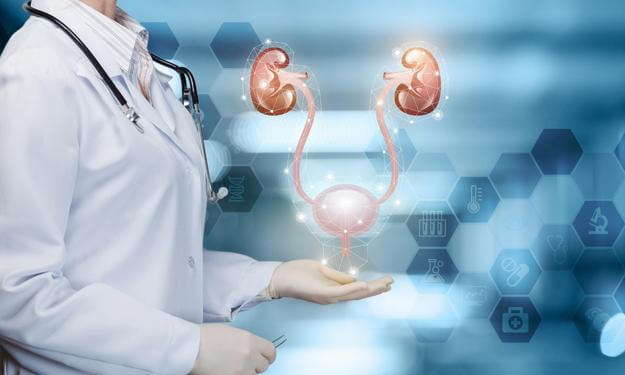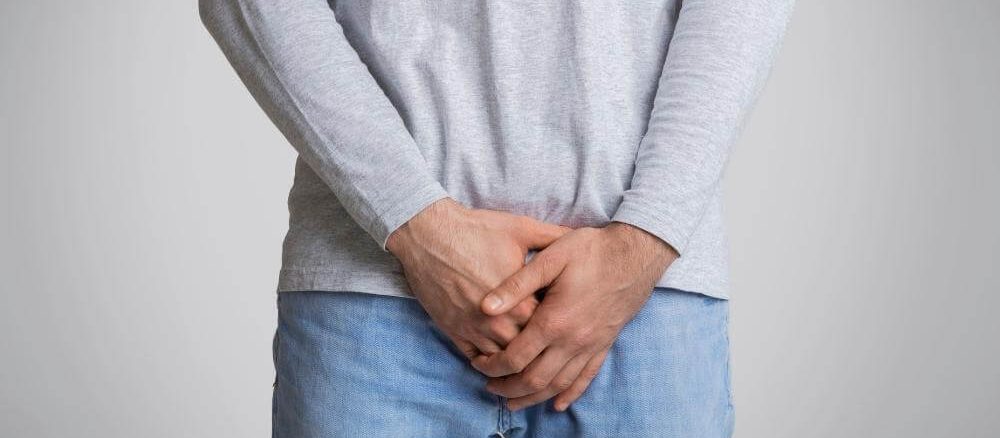Bladder spasms occur when the bladder contracts involuntarily, and can cause a person to urinate. These spasms can be painful and embarrassing, and can also cause urination or leakage. A variety of conditions can cause bladder spasms, but fortunately, there are many treatments for it.
In this article, we will discuss what causes bladder spasms, what can be done to prevent them, and how to communicate with common bladder problems.
Causes of bladder spasms
One of the most common diseases associated with bladder spasms is overactive bladder (OAB). This disorder is usually seen in people with incontinence.
About 30 percent of men and 40 percent of women in the United States experience symptoms of overactive bladder, according to the Urological Care Foundation and the American Urological Association. Urinary tract infections (UTIs) also often cause bladder spasms.
Urinary tract infections occur when bacteria overgrow the urinary tract. In addition to bladder spasms, urinary tract infections can result in pain in the lower abdomen, pelvis, and back, as well as fever and burning sensation during urination.
Other causes of bladder spasms include:
- diabetes
- Prostate enlargement
- Interstitial cystitis
- Multiple sclerosis
- Parkinson’s disease
- stroke
Some diuretic drugs may also be effective in causing bladder spasms.
Bladder spasms symptoms
Other bladder spasm symptoms usually depend on the underlying cause. For example, symptoms of an overactive bladder include:
- urine leakage
- Constant urination
- Going to the bathroom one or more times during the night to urinate
However, people with involuntary disorders, such as Parkinson’s disease, multiple sclerosis, or Alzheimer’s disease, are more likely to develop bladder spasms. Involuntary disorders affect the body’s autonomic nervous system, which is responsible for bladder contractions.
As a result, the person may suffer from bladder spasms. Some of the symptoms of bladder spasms may be the same as those of people with urinary tract infections, even if the infection is not the main cause of the disease.

Bladder spasms treatment
Doctors can prescribe a variety of medications to reduce the occurrence of bladder spasms. A doctor may first prescribe a class of antimuscarinic drugs. These drugs include:
- Darifenacin (Enablex)
- Oxybutynin Chloride (Ditrapen)
- Oxybutynin (Ditropan XL)
- Sulphenazine Succinate (VESIcare)
- Tolterodine (Detroit)
- Tolterodine (Ditrum LA)
- Trospium Chloride (Sanctura)
However, these drugs can cause unwanted side effects, including pupil dilation, which can lead to sensitivity to light and dry mouth.
If a person experiences these side effects, the doctor should prescribe another one of these drugs. Tricyclic antidepressants can also be used to treat bladder spasms. These drugs include amitriptyline (Elavil), doxepin (Sinequan), and imipramine (Tofranil).
The doctor may suggest treatments as complementary treatments to medication. For example, if a person still has a significant amount of urine after urinating, a catheter may be needed. This treatment process involves placing a thin and flexible catheter in the bladder and creating an outlet for urine.
In addition, the doctor may recommend electrical nerve stimulation. This treatment process involves the implantation or temporary implant of a stimulator that sends electrical pulses to the nerves that affect the bladder.

When should you see a doctor for Bladder spasms treatment?
If a person’s bladder spasm is usually accompanied by a high fever, severe pelvic pain, or a significant amount of blood in the urine, emergency care is needed. Anyone who has frequent bladder spasms and therefore constantly leaks urine and constantly needs to go to the bathroom should see a doctor.
The doctor evaluates the symptoms and then suggests the best treatment plan based on the existing causes.
Bladder spasms can be unpleasant, painful, and sometimes embarrassing, but you should know that it is a treatable condition.
People who regularly experience bladder spasms that lead to urinary incontinence should talk to a doctor. From medications to surgical interventions, many approaches can reduce the occurrence of spasms and help a person feel comfortable again, so you don’t have to worry too much about the problem.

How to prevent Bladder spasms?
For many people, stress can suppress or worsen bladder spasms. Any action to reduce stress may lead to fewer bladder spasms. Effective and efficient ways to reduce stress are:
- Adequate rest
- regular exercise
- meditation
- book reading
- Participating in a hobby
In addition, a person may use certain techniques to suppress the urge to urinate constantly. This method of treatment is known as immediate suppression.
Pelvic floor exercises, such as Kegel exercises, may reduce leakage. According to the National Institute of Diabetes and Digestive and Kidney Diseases in the United States, dietary changes can significantly reduce the incidence of urinary incontinence.
However, there is much evidence that avoiding foods such as alcohol, tomatoes, caffeine, chocolate, and carbonated beverages may help reduce bladder spasm symptoms.

